Finding Joy by Designing with Purpose
Apr 07, 2021 | Carpet One Floor & Home
It’s safe to say that 2021 will be a year that finally brings a little renewed faith and hope—it’s that breath of fresh air and light at the end of the tunnel. As the world acclimatizes to the new ordinary, I can’t help but feel a sense of rejuvenation and rebirth and the yearning to echo a similar sentiment of meaningful change and cathartic release in my own home. But before I start to purge unwanted items, it’s important to examine the idea of purpose. This is always the most critical piece of the puzzle and a starting point to any project. To design with purpose, you must understand intent; what is the intended use or desire for the spaces you are examining? It’s easy to get lost in material selection and picking out new furniture pieces because, let’s face it, that’s the fun part, but it’s also important to understand the reason why. I have a three-pronged approach when it comes to reimagining spaces with purpose: what it needs to be (the intent), what needs to change (the transformation), and how to finesse (the editing).
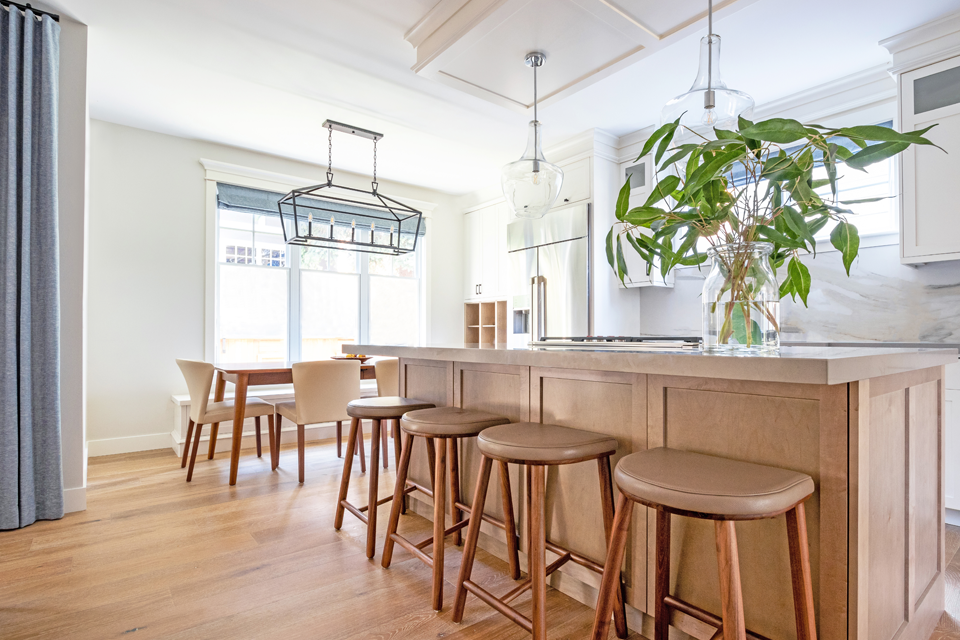
The thought of approaching all this can seem a little daunting, but it’s more intuitive and innate than you think. It’s easy to feel overwhelmed and get lost in the details when deciding to make updates or renovations to your home. You might ask yourself questions like: What room should I start with? Am I choosing the right color? Will this just be a passing trend? Am I investing in the right pieces? I’ll let you in on a little designer secret . . . there isn’t a right or wrong answer because design is subjective—as in, the only thing any of these questions have in common is how each of them relates to you and your family’s needs. What may work for one family may be a complete waste of time and resources for yours. So, take a breath, clear your mind, and let that little voice inside your head take center stage. If you listen carefully, you’ll realize you already have the answer to how each space needs to function.
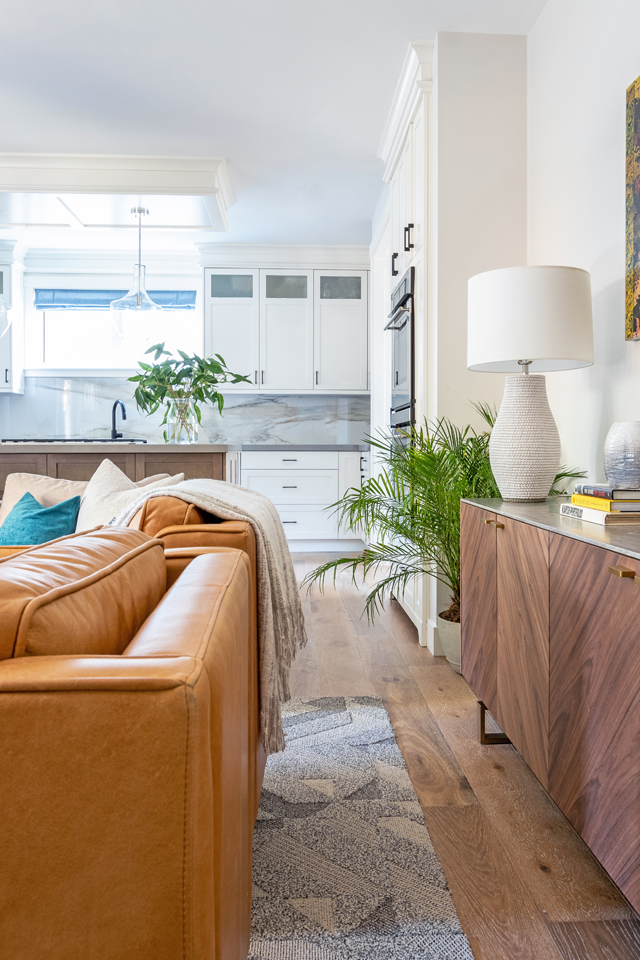
Starting with Functionality
Good design is always led by functionality. However, trying to hone in on your own design intent can be trickier than it seems. A great starting place is to ask yourself if the rooms you currently have in your home are still serving their initial purpose. Maybe that beautifully crafted guest bedroom isn’t getting a lot of use, and perhaps it’s now the perfect time to turn it into the dream home office you’ve always wanted. Another way to approach function and intention is to identify problem zones. For example, does a certain section of the dining table get completely out of control when it comes time to dinner with the kids? Or does your living room always end up turning into a mess by the end of the night, no matter how hard you try and keep it under control? These are all problems that need to be addressed first and foremost in their function, not their appearance.
So now that you’ve established a little more clarity around intent, where exactly do you start in creating a meaningful transformation? A design principle that I abide by is to design for who you actually are.
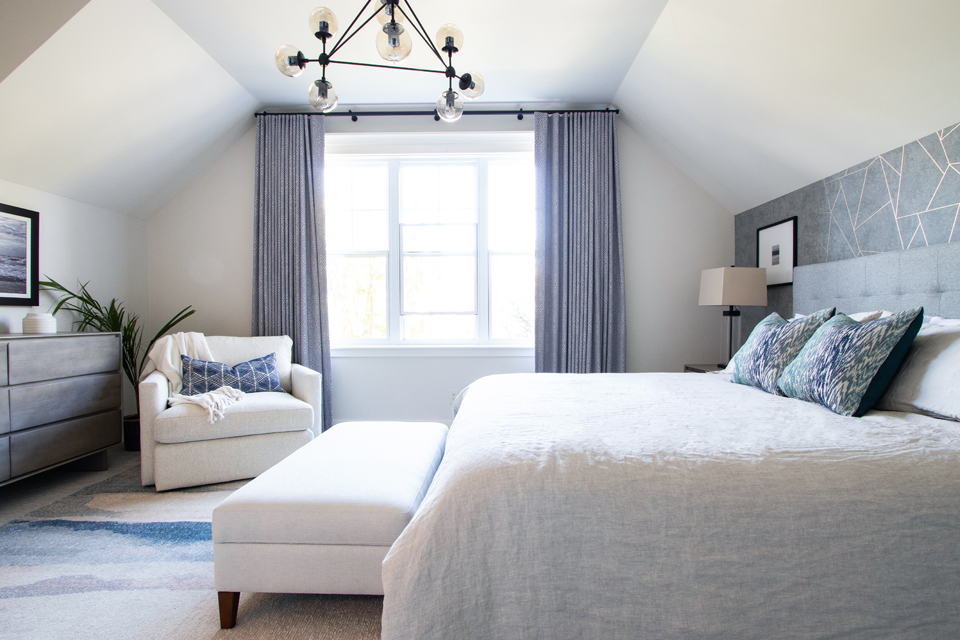
What I mean by this is that you should be honest about how you actually live versus how you wish you lived. If you have high aspirations for a perfectly serene and minimal living room, but the reality is that, by 7 p.m., it becomes a dumping ground for your work notebooks, binders, and laptops, make peace with that and try to design a solution that will work with your lifestyle. Perhaps you dedicate half of the living room credenza to storing your work-from-home equipment and create a tangible yet hidden space for things to go. I once had a client who loved the new kitchen nook I designed for her so much, but, when it came time to have a meal with her two-year-old, it simply became a warzone. So rather than trying to change her family’s eating routine, we simply added a laundry basket (disguised as a charming wicker basket) complete with a lid to store a set of sheets to place on the floor when it was dinner time. When everyone was happy and fed, the sheets went back into their proper home (within arm’s reach of the table), and her nook went back to looking beautiful.
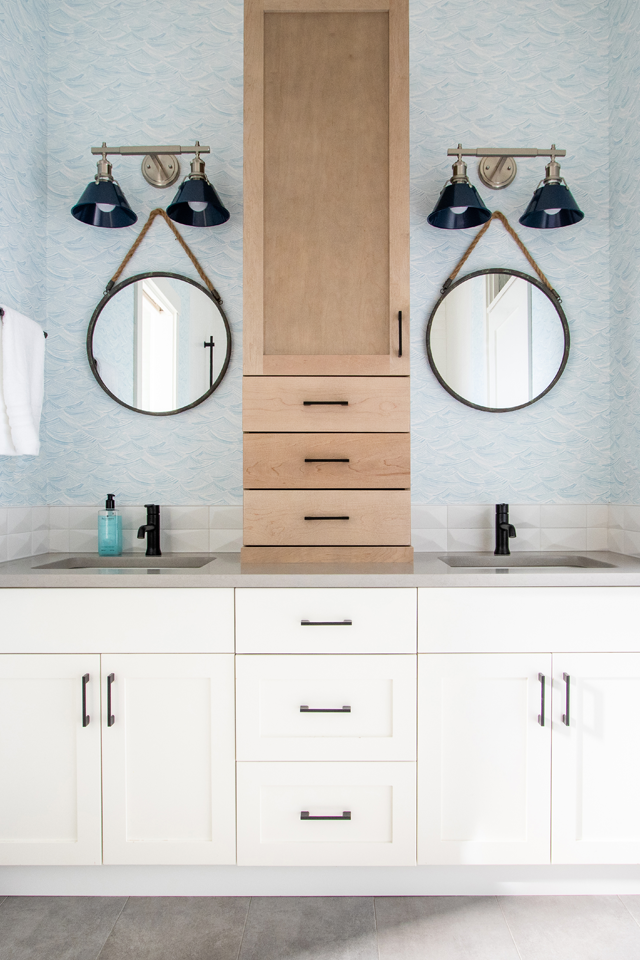
Sometimes all it takes are these subtle tweaks and additions to completely change how you experience your space. But what do you do when the amount of change needs to be substantially more dramatic? I start by considering what updates in the room can be made to create the biggest impact with minimal investment. Ninety-nine percent of the time, paint and wallpaper are your best friends. If your dark and gloomy dining room isn’t bringing you joy, then a fresh coat of sun-drenched Hawthorne Yellow can be completely transformative. Adding a subtle houndstooth-textured wallpaper to your home office can have a profound effect, bringing it from a drab little room with a desk to a British-inspired den and library. With so many palettes and patterns, the options and potential are limitless. Don’t be afraid to try something new this year. Repainting or wallpapering a room will be substantially easier on your wallet than committing to a new set of furniture.
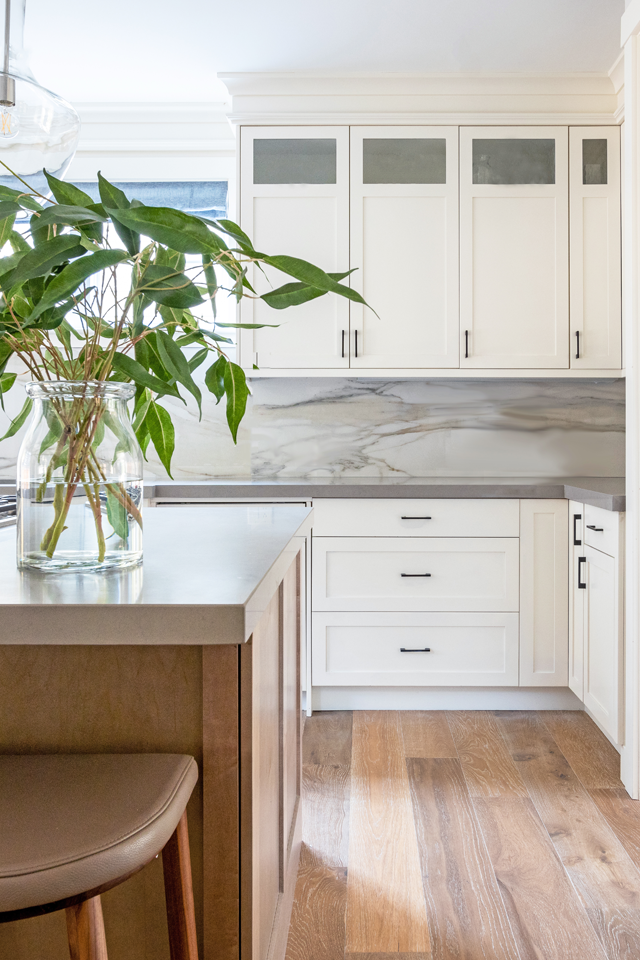
Decluttering and Organizing
Something interesting happens in our brains when we use the term “declutter.” Picking out new furniture or drapery can be fun, but sometimes the very idea of the “decluttering” process is enough to elicit an anxiety attack or complete mental breakdown. Sifting through sentimental memories and having to make an endless number of decisions can be stressful, which can ultimately lead to complete analysis paralysis—a state where your inability to make a decision prevents you from moving forward in any way. Influencers like Marie Kondo and the gals from The Home Edit are leading the charge in decluttering, and a key takeaway is to hone in on what truly brings you joy. If something doesn’t serve a function, make your room look beautiful, or have some sense of personal connection to you, then perhaps it’s time to upcycle and send it to the donation box. Having a room with a thoughtfully curated number of sentimental items is way more effective than a space filled with items that bring you a mediocre amount of joy.
If the term “decluttering” strikes fear in your heart, take baby steps by practicing the art of grouping. Instead of having personal memorabilia peppered throughout the living room, dedicate one entire bookcase to displaying all your favorite possessions. The act of grouping items and trinkets into one area will create a huge impact and reclaim some breathing room. Your eye will start to see them as one larger object (e.g., a bookcase) as opposed to broken decorative fragments that can create extra noise and clutter. Another easy solution is to decrease the amount of open storage and shelving in the room. Closed storage is your best friend. Simply adding doors to open cabinets will make a world of difference. Open shelving needs to be art directed . . . as in, not only do items need to be put away, they also need to be styled and dusted regularly to look visually pleasing. If you have a little bit of extra money to invest, custom millwork and storage is a surefire way to add depth and Zen to your space with the abundance of colors, textures, and decorative paneling available. Any time you can add visual interest to your home by moving items off the floors and onto the walls is a good thing.
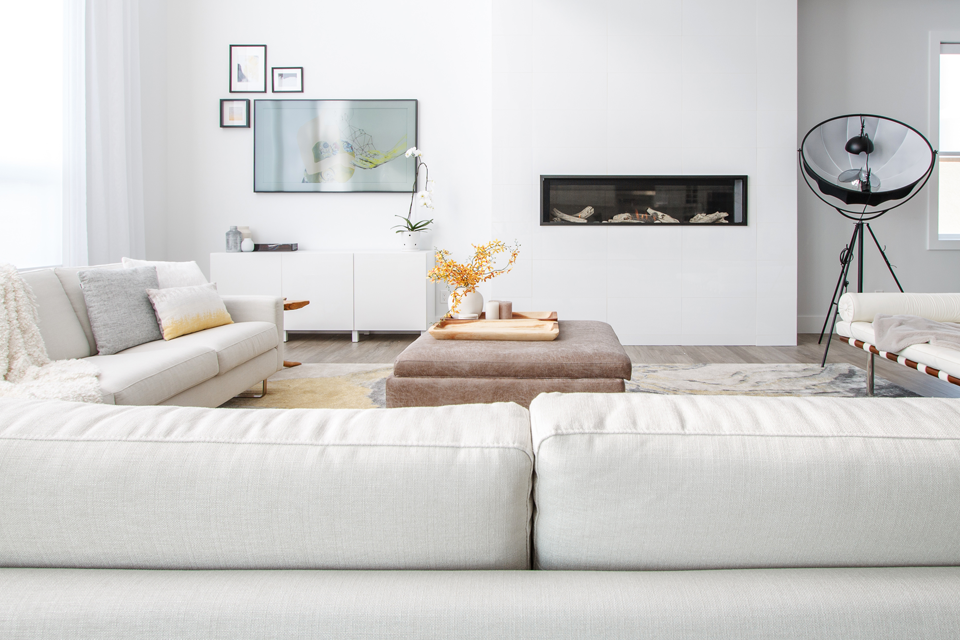
They say, “You are what you eat.” If this is true, then I’m inclined to argue that, “You’re even more of where you live.” You start and end every single day of your life in your home. It’s where you settle on new goals, set your intentions for the day, and raise your children. Taking the time to refocus and examine your most used areas is the first step to creating more functional and beautiful spaces. As you dust off your cleaning supplies this spring to sweep out the old with a revitalized sense of renewal, it’s the perfect time to assess whether your home is truly bringing you joy and purpose.
Louis Duncan-He is the principal of Louis Duncan-He Designs, is an internationally published designer with a focus on designing distinctive and timeless residential spaces. His signature West Coast perspective plays on the innate tension between the elegant and the relaxed or the effortlessly refined and the organic. With a unique client-centered approach, Louis's Interiors are authentic and soulful. @Louis.DHe
Keep up to date on current trends, and get inspired by the best! Visit our, Beautiful Design Made Simple blog, for helpful design advice from experts.